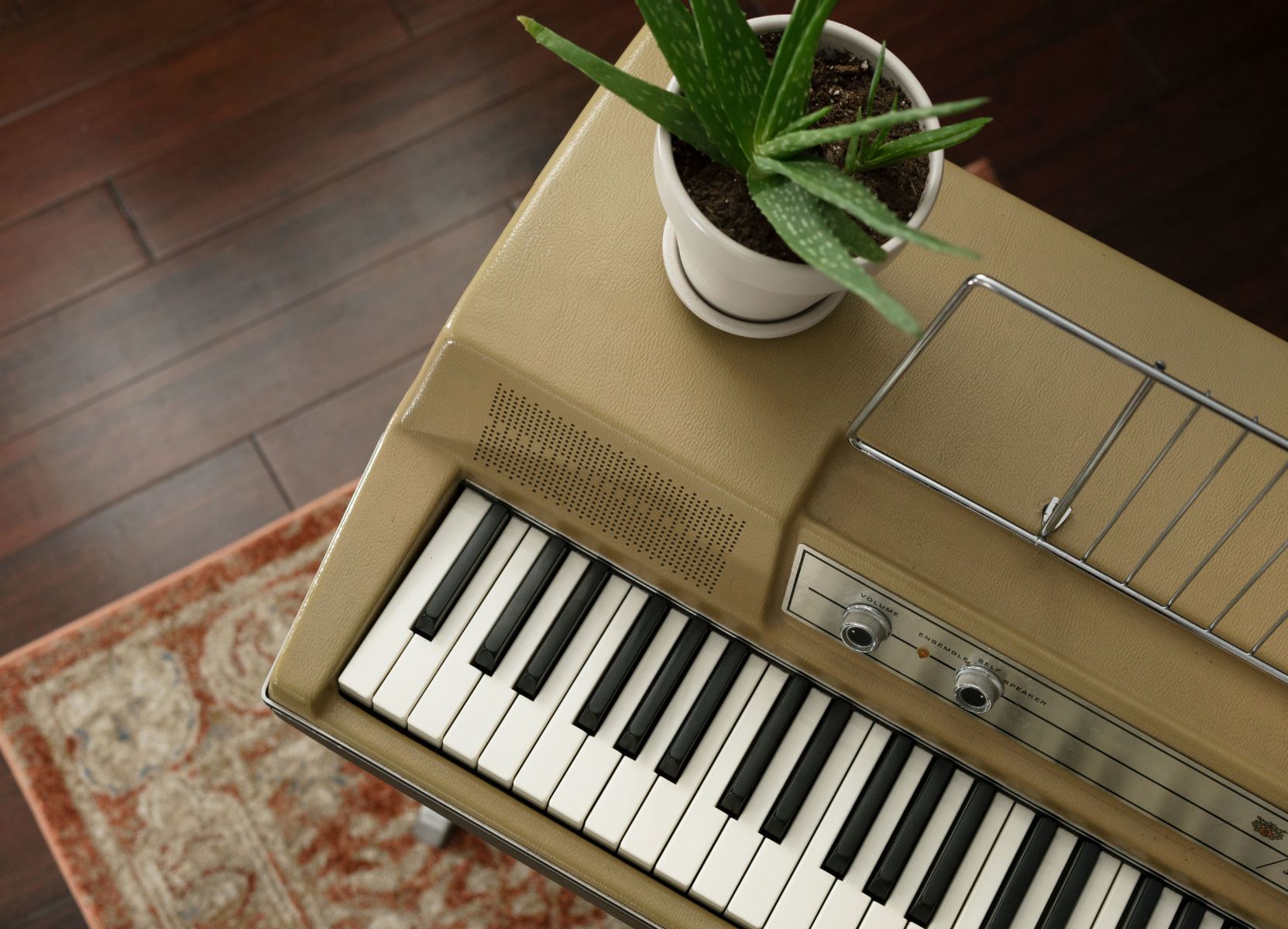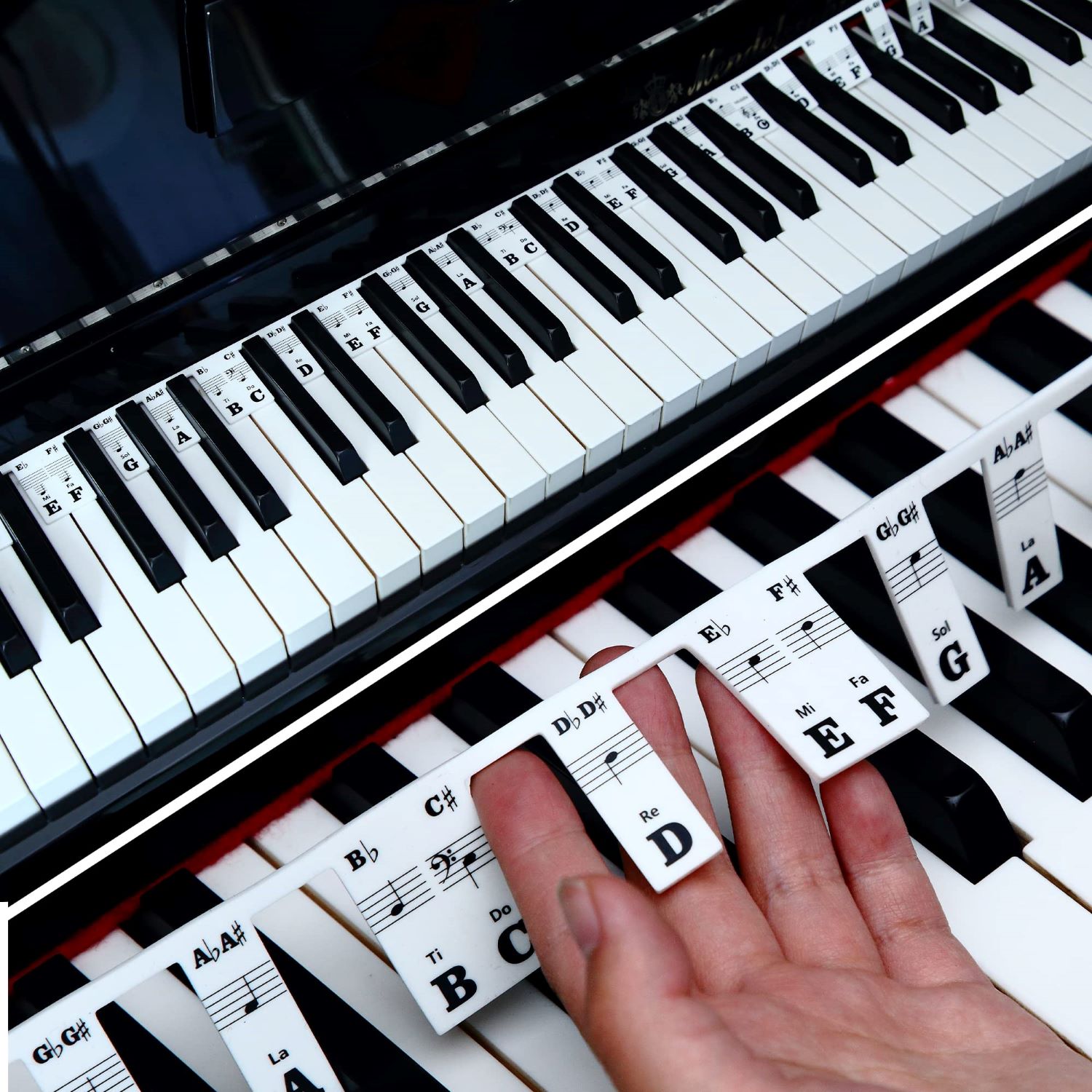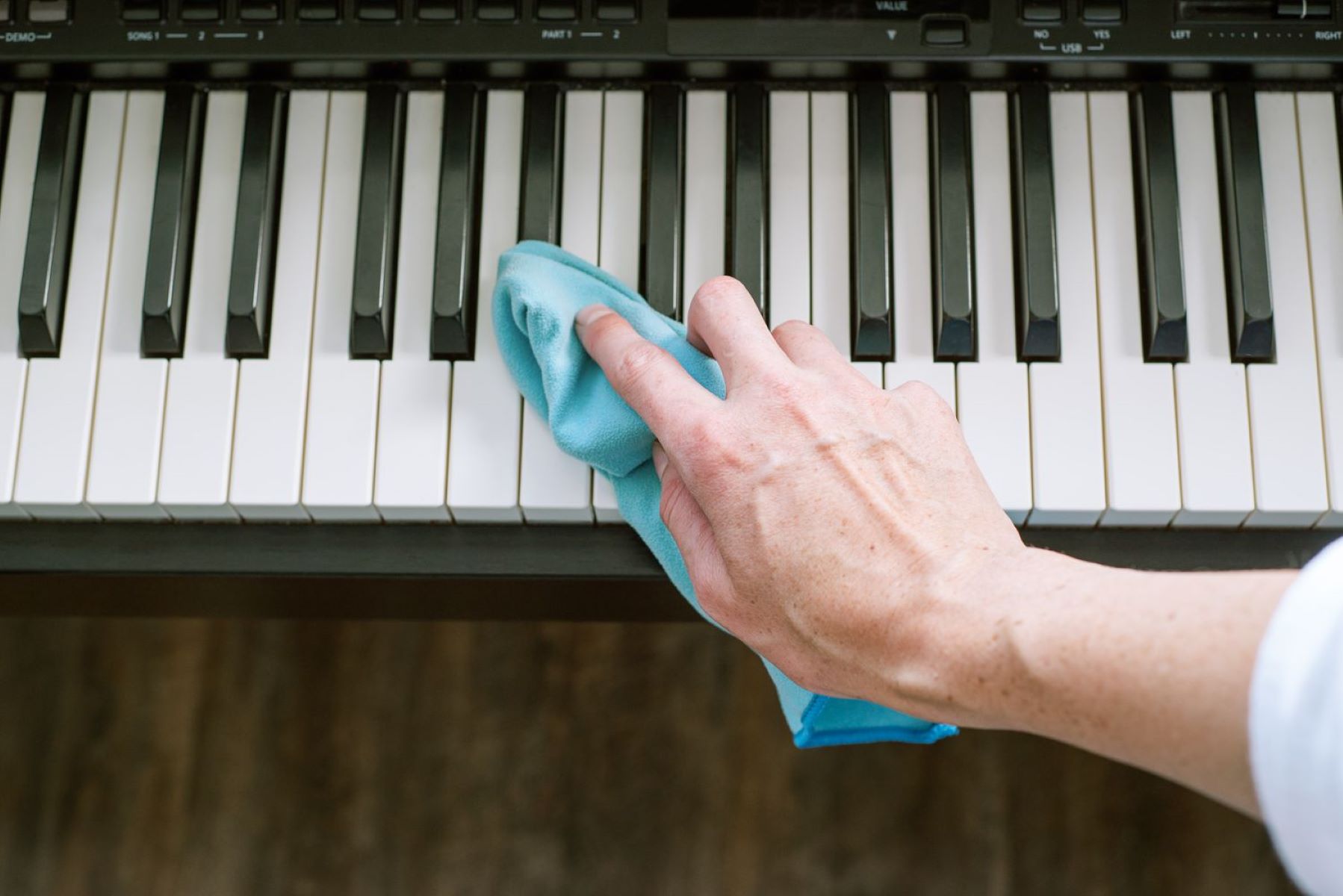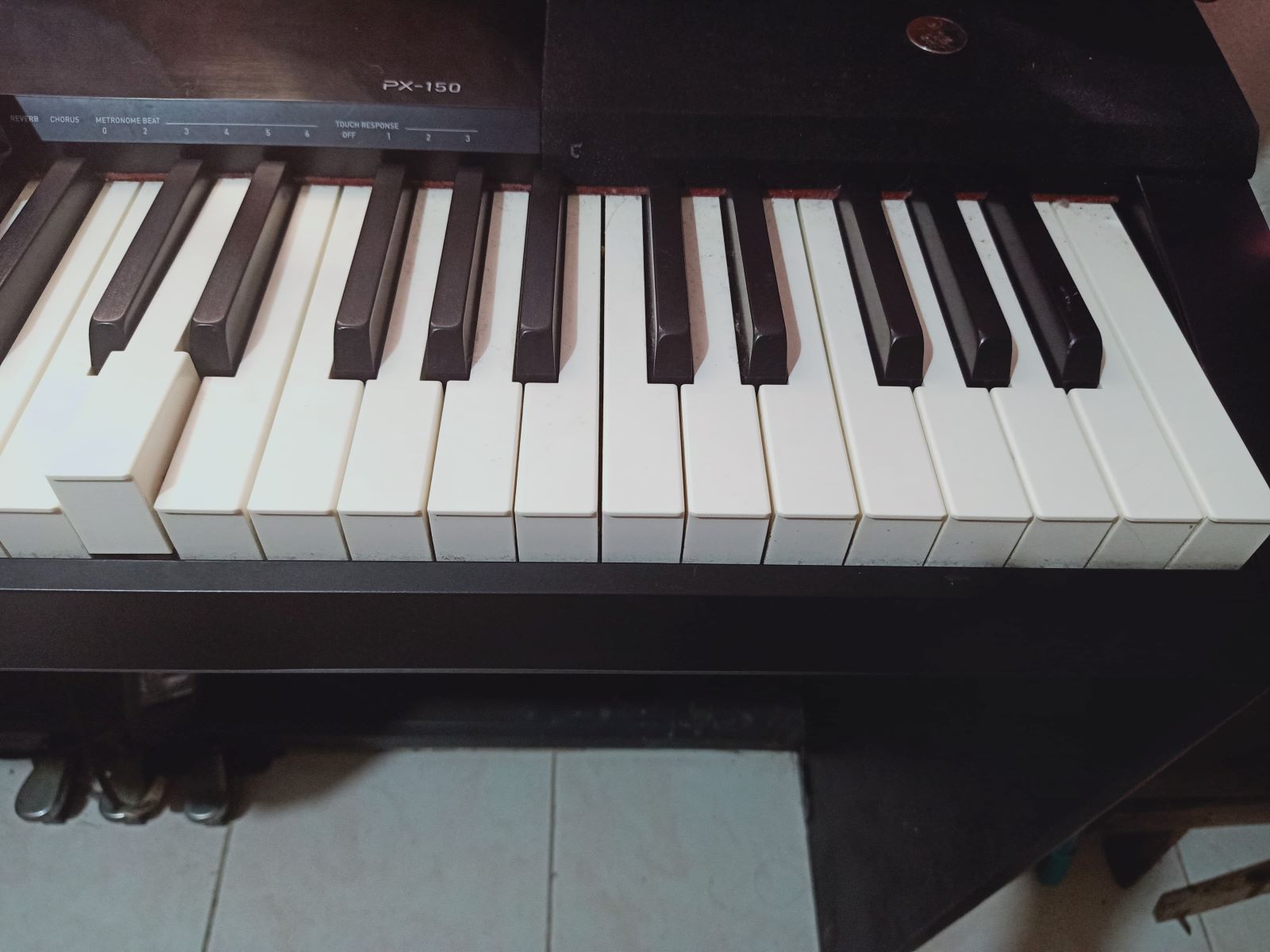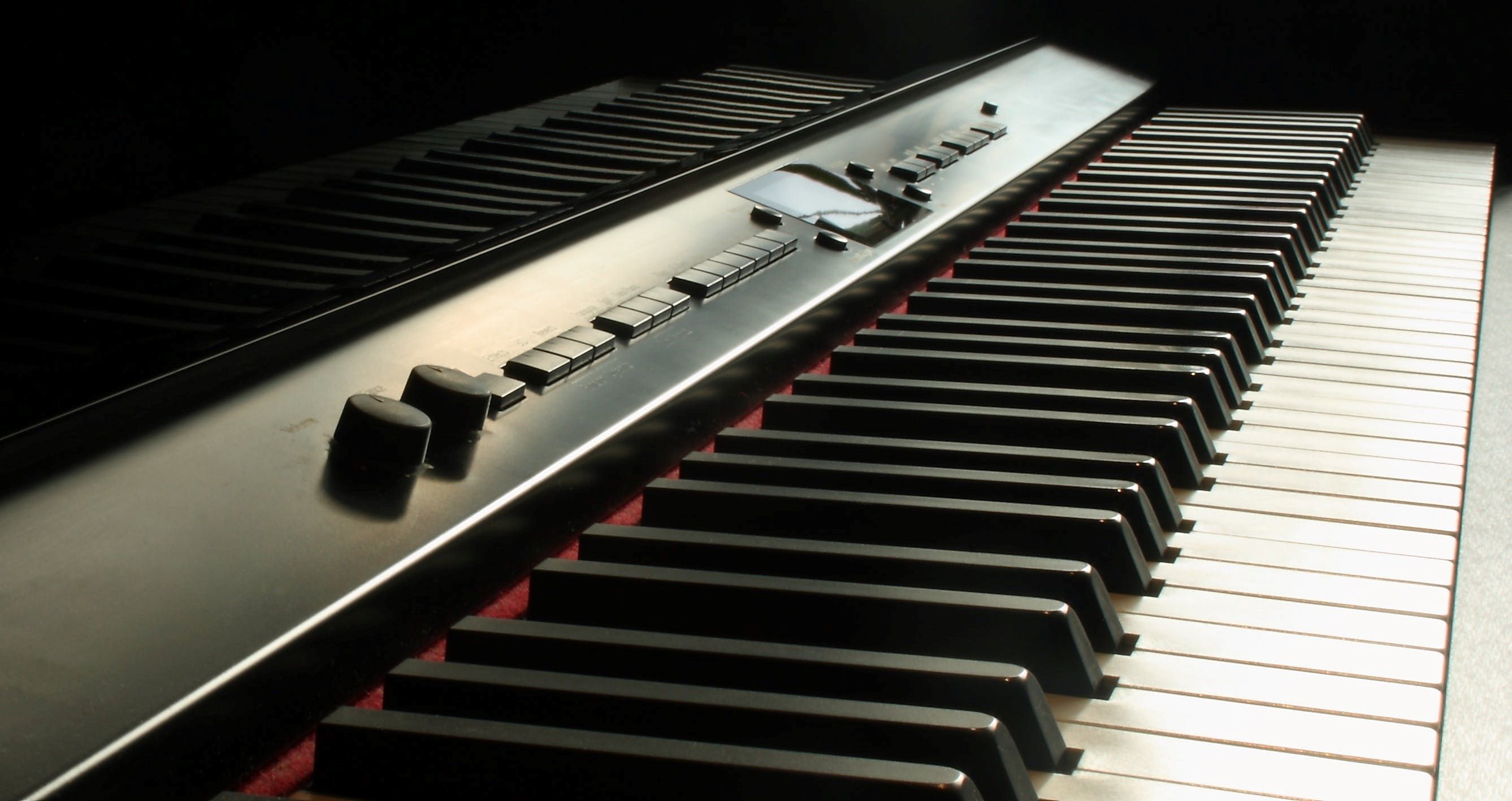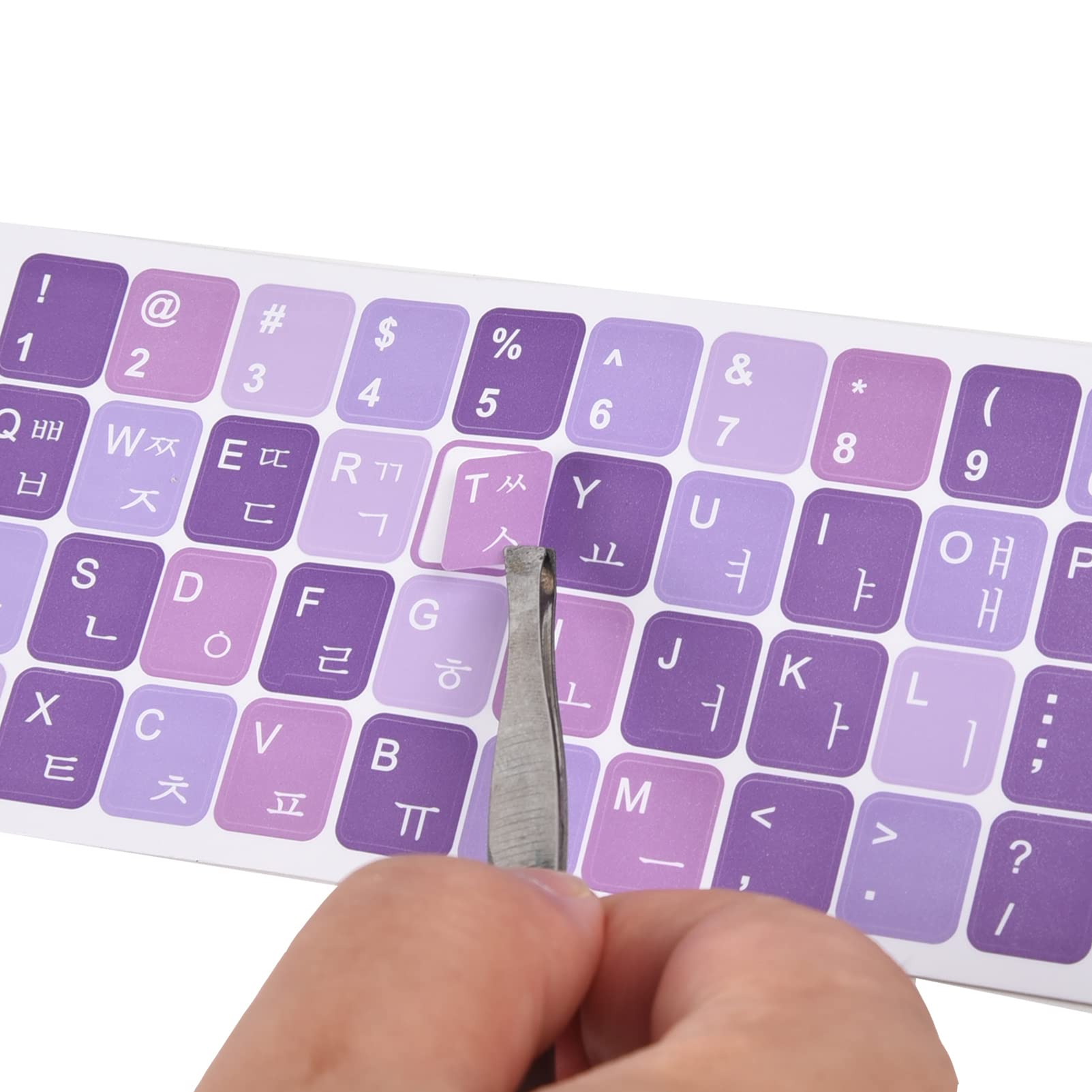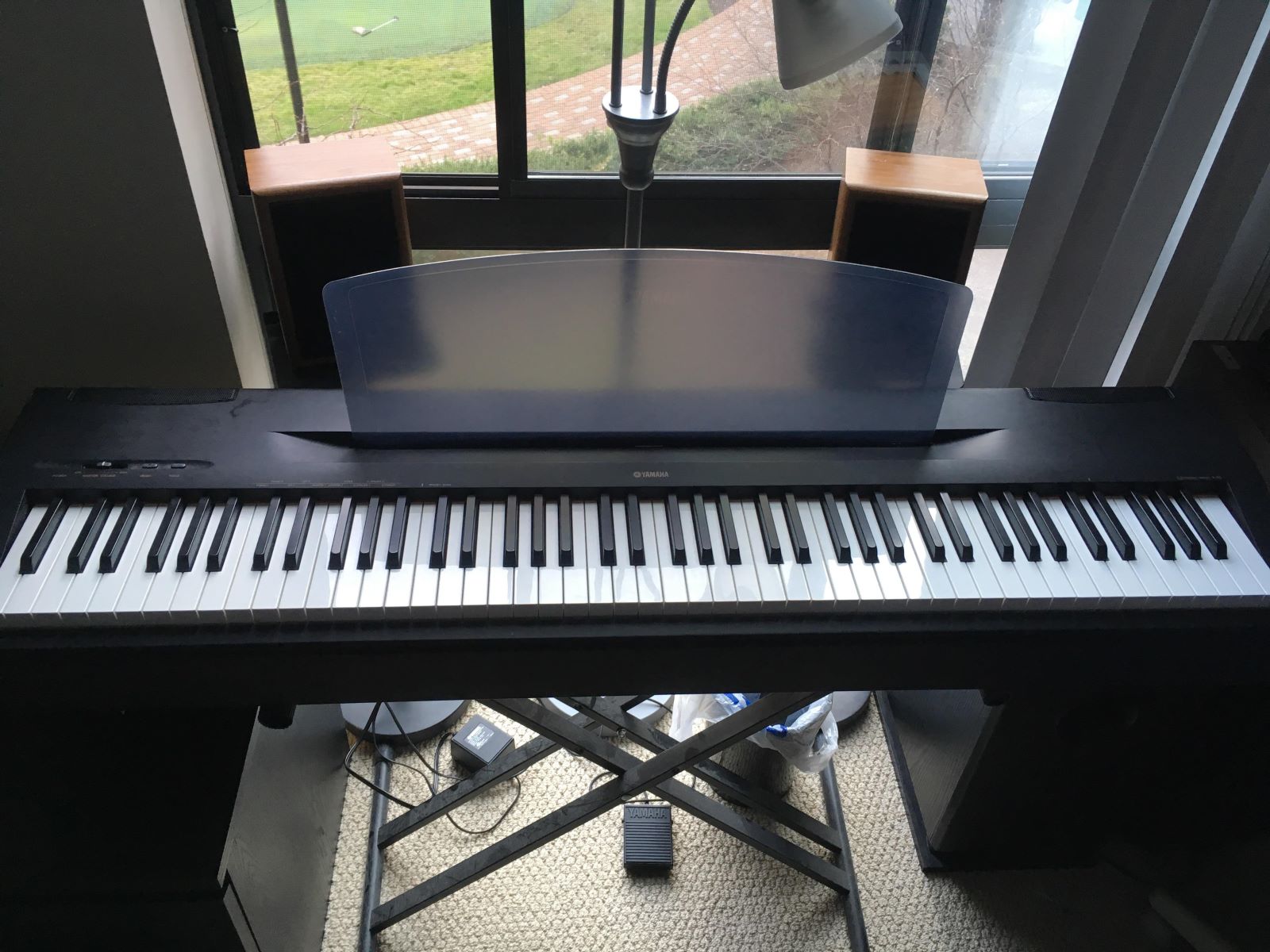Introduction
Playing the piano is a delightful experience, but when the keys start to feel sticky or unresponsive, it can be frustrating. Many digital piano owners encounter this issue, which can hinder the joy of playing. However, with the right knowledge and tools, fixing sticky keys on a digital piano is a manageable task that can be accomplished without professional help. This guide will walk you through the process, providing step-by-step instructions and maintenance tips to ensure your digital piano keys remain in optimal condition.
Understanding the mechanics behind sticky keys and having the necessary tools at your disposal are crucial for a successful repair. By following the methods outlined in this guide, you can restore the smooth and responsive feel of your digital piano keys, allowing you to fully immerse yourself in the music without any hindrances.
Whether you’re a seasoned pianist or just starting out, maintaining your digital piano is essential for preserving its longevity and performance. Let’s delve into the details of fixing sticky keys on a digital piano, so you can get back to creating beautiful music without any interruptions.
Understanding the Problem
Sticky keys on a digital piano are a common issue that can arise due to various factors. One of the primary causes is the accumulation of dust, dirt, or debris between the keys, which can affect their movement and responsiveness. Additionally, changes in temperature and humidity levels in the environment where the piano is placed can also contribute to key stickiness. Over time, the natural wear and tear of the keys and their mechanisms can lead to this problem as well.
When a key feels sticky, it may not fully depress or return to its original position smoothly, impacting the player’s ability to produce consistent and accurate sounds. This can be particularly frustrating during intricate pieces or rapid passages, where precision and fluidity are essential.
Understanding the underlying causes of sticky keys is vital in addressing the issue effectively. By identifying the specific factors contributing to the problem, you can implement targeted solutions to restore the functionality of the affected keys. Whether it’s a matter of cleaning, adjusting, or replacing certain components, a clear understanding of the problem is the first step towards resolving it.
As we proceed, we will explore the tools needed to address sticky keys on a digital piano and provide a comprehensive guide to troubleshooting and rectifying this common issue. Armed with this knowledge, you will be well-equipped to tackle sticky keys and ensure that your digital piano continues to deliver a seamless and enjoyable playing experience.
Tools Needed
Before embarking on the task of fixing sticky keys on a digital piano, it’s essential to gather the necessary tools to facilitate the repair process. Having the right equipment at your disposal will streamline the troubleshooting and maintenance procedures, allowing for a more efficient and effective resolution of the issue.
Here are the essential tools you will need:
- Screwdriver Set: A precision screwdriver set is indispensable for accessing the internal components of the digital piano. Different types of screws may secure the casing, and having a variety of screwdriver heads will ensure that you can remove them without causing damage.
- Compressed Air Duster: Dust and debris accumulation can impede the functionality of the keys. A can of compressed air duster will enable you to gently blow away any particles that may be causing the keys to stick.
- Key Cleaning Solution: Specialized key cleaning solutions are available for digital pianos. These solutions are designed to effectively remove grime and residue from the keys without causing damage. It’s important to use a product specifically formulated for this purpose to avoid potential harm to the keys or the piano’s internal mechanisms.
- Lubricant: A high-quality key lubricant is essential for ensuring smooth key movement. When applied correctly, it can eliminate friction and restore the natural responsiveness of the keys.
- Soft Cloths: Soft, lint-free cloths are ideal for wiping down the keys and applying cleaning solutions or lubricants. They help ensure that the keys are thoroughly cleaned and maintained without leaving behind any fibers or residues.
By having these tools readily available, you can proceed with confidence, knowing that you are equipped to address the issue of sticky keys on your digital piano. In the following sections, we will delve into the step-by-step process of fixing sticky keys and explore additional maintenance tips to keep your digital piano in optimal condition.
Step-by-Step Guide to Fixing Sticky Keys
Addressing sticky keys on a digital piano involves a systematic approach to troubleshooting and maintenance. By following this step-by-step guide, you can effectively rectify the issue and restore the smooth, responsive feel of the keys.
- Prepare the Work Area: Begin by creating a clean and well-lit workspace where you can comfortably access the digital piano. Ensure that you have ample space to maneuver and organize the tools and materials required for the repair.
- Remove the Key Cover: Using the appropriate screwdriver from your set, carefully remove the key cover or casing of the digital piano to access the keys and their mechanisms. Take care to keep track of the screws and any components that are detached during this process.
- Clean Between the Keys: Use the compressed air duster to gently blow away any dust, dirt, or debris that may be lodged between the keys. Pay close attention to areas where the keys meet the piano’s body, as these are common spots for accumulation.
- Apply Key Cleaning Solution: Dampen a soft cloth with the key cleaning solution and carefully wipe down each key, ensuring that any grime or residue is effectively removed. Exercise caution to avoid excessive moisture, and use a dry cloth to wipe the keys afterward.
- Lubricate the Keys: Apply a small amount of key lubricant to the appropriate areas of the keys’ mechanisms, following the manufacturer’s instructions. This will help eliminate friction and promote smooth key movement.
- Reassemble the Piano: Once the keys have been cleaned and lubricated, carefully reassemble the key cover or casing, ensuring that all components are securely in place. Use the screwdriver to reattach the screws, taking care not to over-tighten them.
- Test the Keys: With the piano reassembled, test each key to ensure that they depress and return smoothly. Play various notes and chords to gauge the responsiveness and feel of the keys, making any additional adjustments as necessary.
Following these steps will help you systematically address sticky keys on your digital piano, restoring their functionality and ensuring an enjoyable playing experience. Additionally, we will explore maintenance tips to help prevent future occurrences of sticky keys and maintain the optimal performance of your digital piano.
Testing the Keys
After completing the maintenance and troubleshooting procedures to address sticky keys on your digital piano, it’s crucial to thoroughly test the keys to ensure that they are functioning optimally. Testing the keys will allow you to verify the effectiveness of the repairs and make any final adjustments as needed.
Here are the key steps to testing the keys:
- Individual Key Testing: Begin by testing each key individually, playing both soft and firm strokes to gauge the responsiveness and feel. Pay attention to any keys that may still exhibit stickiness or inconsistency in their movement.
- Chord and Scale Testing: Play various chords and scales across the keyboard to assess the overall consistency and uniformity of key response. This comprehensive testing approach will reveal any lingering issues that may require further attention.
- Dynamic Playing: Engage in dynamic playing, incorporating varying degrees of force and speed to evaluate how the keys respond to different playing styles. This will help identify any keys that may exhibit stickiness under specific playing conditions.
- Repeated Key Presses: Test the resilience of the keys by repeatedly pressing each key to ensure that they return smoothly and consistently after multiple repetitions. This will simulate extended playing sessions and reveal any potential issues with key recovery.
Throughout the testing process, make note of any keys that exhibit persistent stickiness or irregularities in their movement. If certain keys require further attention, revisit the cleaning and lubrication procedures to address any remaining issues.
By thoroughly testing the keys, you can be confident in the functionality and responsiveness of your digital piano, ensuring that it delivers a consistent and enjoyable playing experience. Additionally, incorporating regular testing into your maintenance routine will help you promptly identify and address any emerging issues, preserving the optimal performance of your digital piano.
Maintenance Tips
Maintaining the optimal functionality of your digital piano keys is essential for preserving their responsiveness and longevity. By incorporating regular maintenance practices, you can prevent the recurrence of sticky keys and ensure a consistently smooth playing experience. Here are some valuable maintenance tips to keep your digital piano keys in top condition:
- Regular Cleaning: Schedule routine cleaning sessions to remove dust, dirt, and debris from between the keys and their mechanisms. Use a soft cloth and a gentle key cleaning solution to maintain a clean and hygienic playing surface.
- Environmental Considerations: Place your digital piano in a stable environment with consistent temperature and humidity levels. Avoid exposing it to extreme conditions, as fluctuations can impact the keys’ responsiveness and overall performance.
- Key Lubrication: Periodically apply a small amount of key lubricant to the appropriate areas of the keys’ mechanisms to reduce friction and promote smooth movement. Follow the manufacturer’s guidelines for lubrication intervals and techniques.
- Regular Testing: Incorporate regular key testing into your practice sessions to promptly identify any emerging issues with stickiness or irregular key response. This proactive approach will allow you to address potential issues before they escalate.
- Professional Maintenance: If you encounter persistent or complex issues with your digital piano keys, consider seeking professional maintenance and servicing. Trained technicians can provide in-depth cleaning, adjustments, and repairs to ensure the optimal performance of your instrument.
By adhering to these maintenance tips, you can proactively preserve the functionality and responsiveness of your digital piano keys, minimizing the likelihood of encountering sticky keys in the future. Consistent care and attention will contribute to a rewarding and uninterrupted playing experience, allowing you to fully immerse yourself in the joy of creating music on your digital piano.
Conclusion
Addressing sticky keys on a digital piano is a manageable task that can be effectively resolved with the right knowledge, tools, and maintenance practices. By understanding the underlying causes of sticky keys and following a systematic approach to cleaning, lubricating, and testing the keys, you can restore the smooth and responsive feel of your digital piano, ensuring an enjoyable playing experience.
Equipped with essential tools such as a precision screwdriver set, compressed air duster, key cleaning solution, lubricant, and soft cloths, you can confidently troubleshoot and maintain your digital piano keys. The step-by-step guide provided in this article offers a comprehensive framework for addressing sticky keys, empowering you to proactively maintain the optimal performance of your instrument.
Furthermore, incorporating regular maintenance practices, including cleaning, environmental considerations, key lubrication, and testing, will help prevent the recurrence of sticky keys and preserve the longevity of your digital piano keys. By prioritizing consistent care and attention, you can enjoy uninterrupted playing sessions and fully immerse yourself in the music without any hindrances.
With these insights and maintenance tips at your disposal, you are well-equipped to address sticky keys on your digital piano and maintain its optimal functionality. By nurturing your instrument with regular care and attention, you can continue to create beautiful music and experience the joy of playing the piano to its fullest potential.







